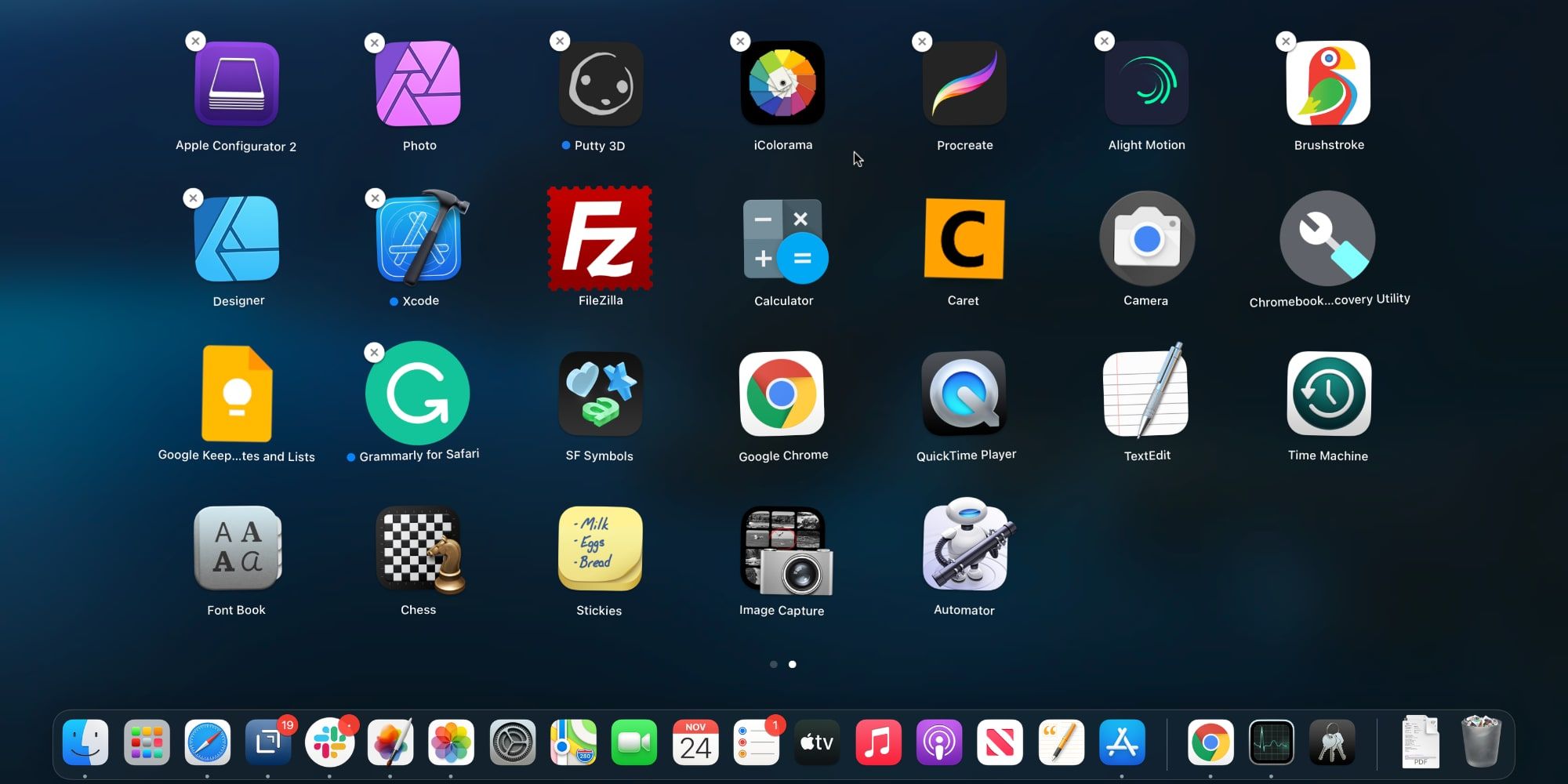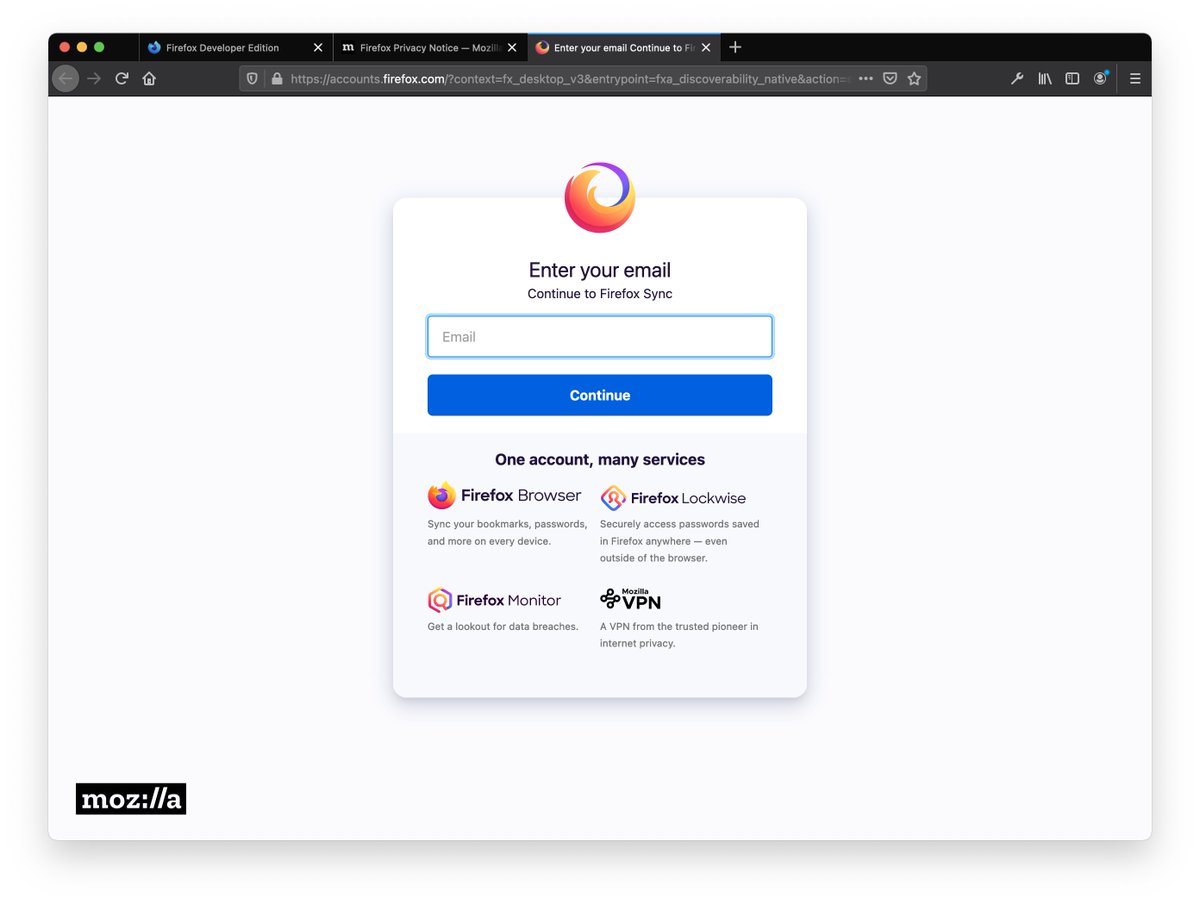

- CLOSE APPS ON MACBOOK HOW TO
- CLOSE APPS ON MACBOOK DOWNLOAD
- CLOSE APPS ON MACBOOK FREE
- CLOSE APPS ON MACBOOK MAC
CLOSE APPS ON MACBOOK MAC
On Mac machines, a window is more like an instance or document of the app, rather than the app itself. Windows operating systems treat windows as the apps themselves, so clicking the (x) button in a window also exits the program. After all, when you press the (x) button in any window on Windows machines, it closes the window and the actual app or program itself. If you’re coming from a Windows machine, the way that this works might be slightly confusing to you.
CLOSE APPS ON MACBOOK FREE
If you can afford to quit some or all of them, you can feel free to do so.

This generally applies to any laptop or even any smartphone or tablet - fewer things running often means less battery consumed.Ī good rule of thumb is to click on your battery icon on the top menu bar, and it will show you which apps are consuming significant energy. If you close the application, Mac machines can run for longer due to less drain on the battery. If you are using a laptop and you want to conserve battery, chances are it’s best to quit apps when you are done using them. These features usually work unless the app itself is poorly optimized or written. These days, macOS has features in place to optimize resource efficiency when apps are running in the background, such as when they are minimized or in standby mode. If your primary concern is whether leaving apps running will hungrily consume your processor and memory resources, the answer is not really. You may be wondering - do you even need to quit apps on a MacBook? The answer is, well, not really.

What does it mean to close background apps?.How do I close apps that are running in the background?.How do I close all open apps on my MacBook Air?.
CLOSE APPS ON MACBOOK HOW TO
How to Close Apps on MacBook: All The Possible Ways.What Does Clicking the (X) Button Do on a Mac?.You can find some nifty shortcuts that will improve your productivity and help you get things done in a fast and efficient manner. For other articles on Shortcuts, don’t forget to visit the Shortcuts section of our website. We hope that you will find this shortcut useful in your workflow. Force quit all apps at once on Mac using a shortcut

Select the shortcut and hit enter/return to run it. Launch Spotlight and search for the shortcut name. If you have updated your Mac to macOS Ventura, you can run the shortcut directly from Spotlight. Hover over the shortcut and click the Play button to run it.Ħ. If you cannot access the shortcut via Menu Bar, use Spotlight to launch the Shortcuts app.ĥ. Now, click on the shortcut name to run it.Ĥ. To run the shortcut, click on the Shortcuts app Menu Bar icon. Click on the Add Shortcut button to add the shortcut to your shortcut library.ģ. Remember to open the link in the Safari browser.Ģ.
CLOSE APPS ON MACBOOK DOWNLOAD
Click the link to download the Force Close Allshortcut. With that said, let’s get to our tutorial, shall we?ġ. We have listed some of our favorite Siri Shortcuts in an article, which you can check by clicking on the link. One of the best things about shortcuts is that even if you don’t know how to create a shortcut, you can download and use shortcuts other users created. While the Shortcuts app doesn’t feel at home on Mac just yet, it has allowed users who don’t know coding to create and use automation on their Macs. Force close all apps on Mac using Shortcuts Today, we will share a shortcut that helps you force close all apps on Mac with one click. Recently, we showed how you can create a quick entry shortcut for Apple Reminders. While we don’t use the Shortcuts app much on our Macs, there are several shortcuts that are tailor-made for Mac. With the macOS Monterey update, Apple brought the Shortcuts app to the Mac. Using shortcuts, users can perform tasks such as opening two apps in split-screen mode on iPad, deleting Safari browsing history, generating gradient wallpapers, and more. The Shortcuts app first came to iOS, allowing users to run automation on their iPhones and iPads.


 0 kommentar(er)
0 kommentar(er)
